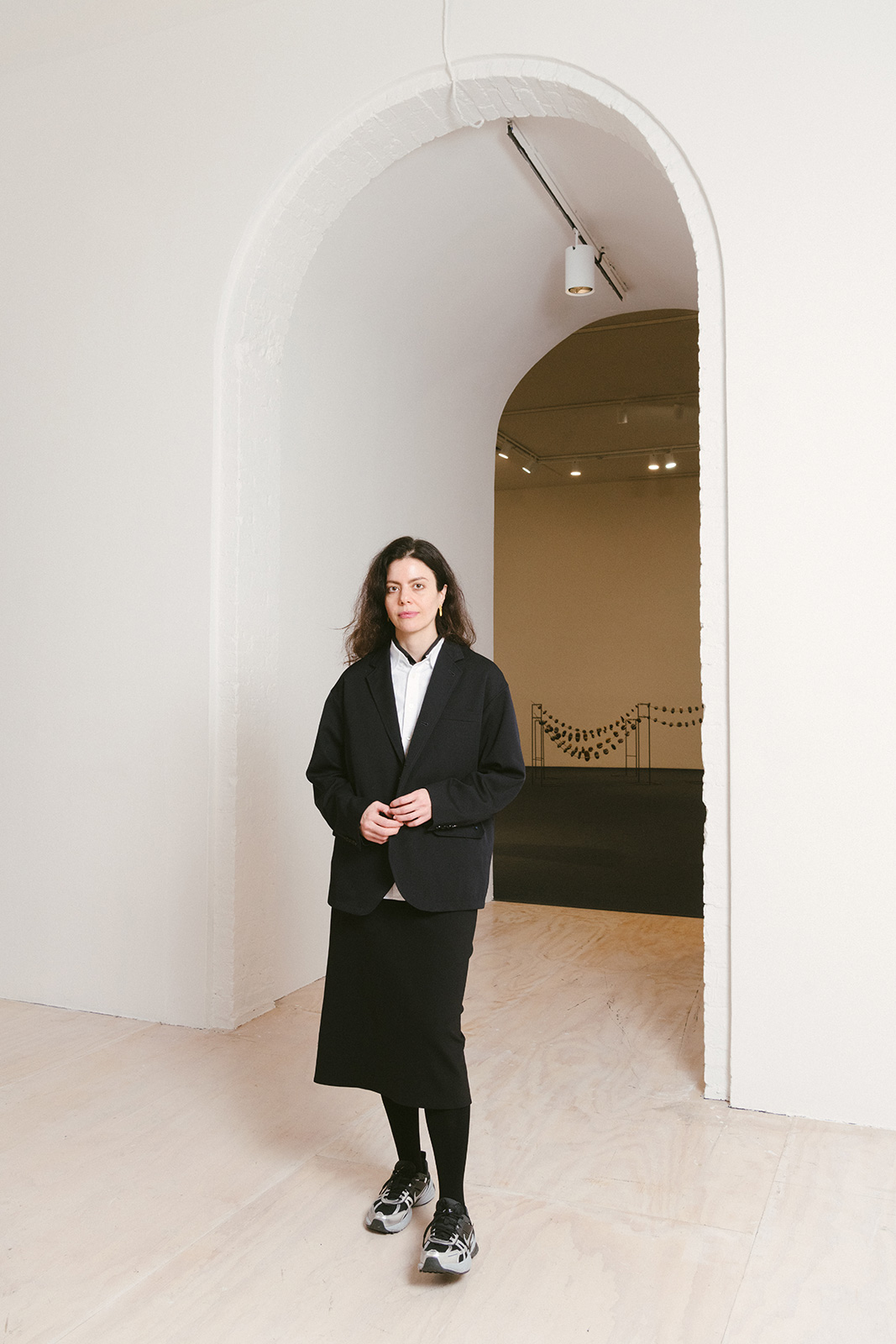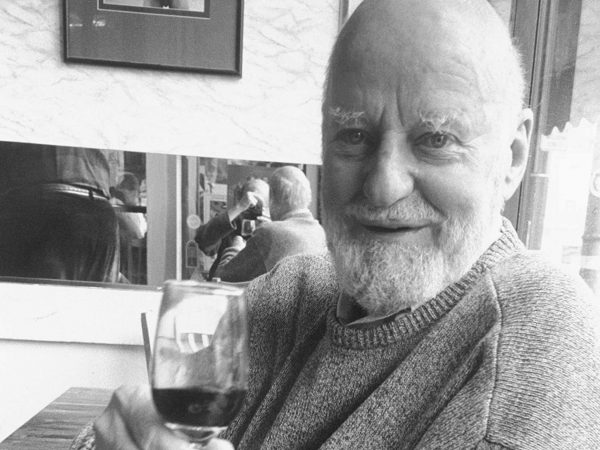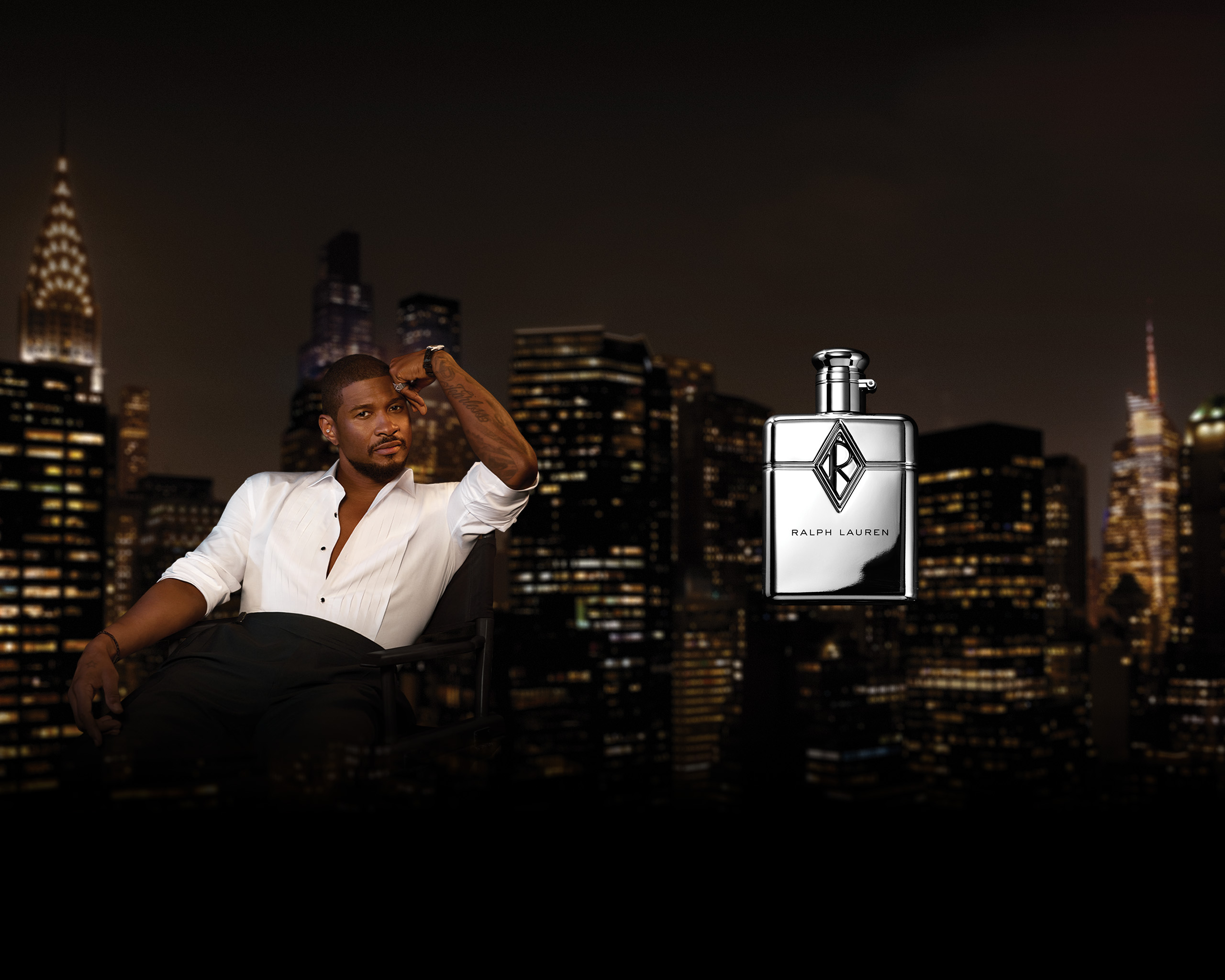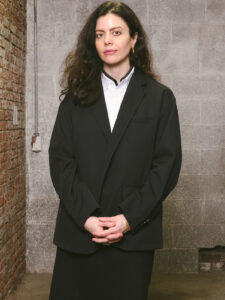
As part of a three-part series, MoMA PS1’s Chief Curator reflects on the archive as a living tool for art, history, and the present
How can an archive be both a record of its time and a living organism shaped by its histories? In an era when contemporary culture tends to privilege immediacy, the archive offers resistance by inviting slowness, friction, and a longer view. In this three-part series, Document turns to curators Ruba Katrib, Jovanna Venegas, and Drew Sawyer, photographed on location, wearing Vowels, the brand that finds its own voice through archival research. Each of these curators places the archive at the center of their practice. Whether rooted in institutional holdings, collective memory, or ephemeral traces, their work reflects a broader shift in curatorial thinking: one that treats the past as a fragile and potent tool, open to reinterpretation.
For Ruba Katrib, history is a live wire. As Chief Curator and Director of Curatorial Affairs at MoMA PS1, Katrib curated Greater New York 2021—the quinquennial survey that has charted the city’s art world since 2000, regarded as one of New York’s most closely watched exhibitions. Previously a curator at SculptureCenter in New York and MOCA North Miami, she was recently named curator of Art Basel 2026’s Unlimited sector.
Katrib believes archives should serve the needs of the present through the past. This approach has defined her work with figures like Nicola L, Teresa Burga, Pacita Abad, and Niki de Saint Phalle, artists who resisted trends and other external forces during their lifetimes and stayed true to their practices. Katrib is dedicated to ensuring their complex legacies are given the space they deserve. Her exhibitions are research-heavy, but never rigid. She insists on the physical, the haptic, on creating spaces that feel less like illustrated essays and more like encounters.
How do you navigate the tension between archival preservation and curatorial intervention?
In the last Greater New York at MoMA PS1, coming out of the early days of the pandemic, so many of the artists we were talking to were looking back to other historic moments to draw parallels and find artistic strategies to navigate the present. As a result, we included some historic materials and artists that were inspiring to younger generations. This approach is really indicative of how I think about working with the archive in contemporary art more broadly—it is actually informed by what is needed now.
Do you see your work as rewriting history, or simply rereading it?
History is shaped and reshaped by the present. In that sense, it is alive and continuously activated by the now, so I don’t think it is about rewriting or rereading history, but rather animating it.
How do you approach curating artists or subjects whose legacies were overlooked, erased, or marginalized?
Nicola L, Niki de Saint Phalle, Pacita Abad, Teresa Burga, and others are artists I worked with in my career who had passed before or passed soon after their exhibitions. I single out this group because they were women artists who bucked trends during their lives and continued on their distinct paths as things shifted and changed around them. They were also interested in making their work accessible to wider publics, which hasn’t always been a popular idea. What is most interesting, though, is how impactful their works are today—and I think that is because of the work that I, and other curators, are doing in fleshing out context and ensuring that they don’t become one-dimensional figures. These are artists who had long, varied careers and shouldn’t be known for only one chapter. For instance, with Niki de Saint Phalle, I focused on her lesser-known later works, particularly those that engage with architectural structures. These projects took up the majority of her working life, yet are often underrepresented.
In working with historical material, how do you balance reverence with critique?
I am not the type of curator who operates from a place of fandom. When I embark on a topic, artist, or other area of inquiry, I try to be as clear-eyed as possible and take the highs and lows together. Often, the murky, less revered areas tend to be the most interesting.
What role does subjectivity play in your curatorial voice?
There are many different kinds of visual art curators—not only in terms of the institutions they work within or the types of art and areas of expertise they focus on, but also in their individual approaches and sensibilities. It is a highly varied role, and subjectivity is inevitably part of the work. For my part, I will admit that I do draw a lot on intuition and instinct. Over the years I’ve refined these senses, but at times I still feel almost like a medium—channeling energies and emotions, as well as histories and meanings, into the form of an exhibition. I also try to keep an open mind, allowing ideas and decisions to emerge organically from the material itself.
How do you think about visual pleasure in the context of research-driven shows?
Exhibitions are a form of embodied experience. Even in information-heavy shows, prioritizing the importance of the haptic is crucial to opening the door for viewers to enter the material.
Do you ever think of an exhibition as a form of speculative fiction? A rewriting of what could have been?
While I do a ton of writing for shows, I actually avoid thinking of exhibitions themselves as a form of writing. I see that a lot, where it looks like the show is a linear book laid out into space. However, for me, it is really non-linear, rhizomatic, and physical. If you can convey an experience, you can bring viewers into a space that brings them closer to the material. It taps into a sort of spatialized imaginary that is increasingly missing these days.
How has your relationship to institutional frameworks—museums, collections, academia—evolved over time?
They have become more and more precarious over such a short span of time, like just over the course of my adulthood. These beacons of society in the U.S.—museums, collections, and academia—are quite fragile. They also need to change, but I also see how hard it is to change in survival mode. We are in a fraught situation that I certainly don’t have answers for, but I hope we can hold on to what is good about the places of knowledge creation and storage in the 21st century, because I do believe we still will need institutions that do this.
How do you protect space for curiosity and experimentation in a field that can often feel bureaucratic or politicized?
If we don’t protect curiosity and experimentation in the spaces of art, even if they are bureaucratic and/or politicized, we are really lost. This should be everyone’s mission no matter where they are.
Finally: when you imagine the future of archives, what do you hope they hold?
I really hope we can hold on to a tactility that exists in historic archives. I have trouble imagining what this will look like in the future. How will photos of artists hanging out with their friends be represented? Printouts of social media posts? Emails? Text messages? It’s so impersonal because these kinds of exchanges and images are all taking place on corporate platforms now. The wonder of rifling through these physical materials in an archive is so special. It actually gets you much closer to the person, to the work, than going through digital footprints. In this sense, it really feels like we are in a before-and-after moment right now. Will people born after 1995, let’s say, get archival representation in the future? Will anyone care enough about us and our activities in the future to even think about representing them in an archival exhibition?
Vowels, the made-in-Japan designer label operating between Tokyo and New York, grounds its design philosophy in rigorous archival research. Founder Yuki Yagi formalized this commitment by transforming the brand’s New York flagship into an active site of inquiry—a hybrid space that functions as both retail environment and living research center. Central to this vision is the brand’s “research library,” a curated collection of books, periodicals, and printed ephemera that inform and contextualize Yagi’s creative output.



















